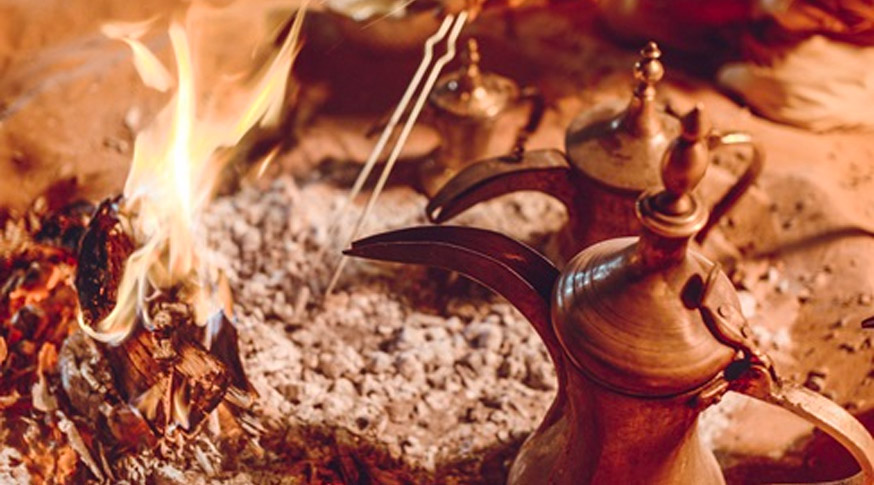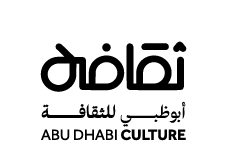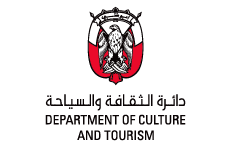Gahwa (Arabic coffee): A Symbol of Generosity
Arabic coffee was inscribed in 2015 on the UNESCO Representative List of the Intangible Cultural Heritage of Humanity
Arabic coffee (‘Gahwa’ in the Emirati Arabic dialect) has been a central part of Arab culture for centuries and its preparation and serving is marked by elaborate traditions. Reflecting the cultural importance of Arabic coffee, the United Arab Emirates applied with Saudi Arabia, Oman and Qatar to have it inscribed on the UNESCO Representative List of the Intangible Cultural Heritage of Humanity, which was achieved in 2015.
Arabic coffee in the United Arab Emirates is considered a symbol of the generosity attributed to the country’s citizens. It represents an integral aspect of cordial hospitality, to the extent that it has become a national tradition. It is a symbol of unity that preserves social, political and cultural associations that have helped to shape Emirati society into what it is today. The great significance of Arabic coffee as an emblem in Emirati heritage is proven in it being a fixed and unique element on tables across the country on all occasions. Its aroma can bring delight, attracting all segments of society.
Preparation
The reason why Arabic coffee tastes so good is all down to the preparation. In the past, Bedouins brewed their coffee over a rudimentary fireplace dug into the ground. Over time, this was replaced by the kuwar, a clay pit with a stove made from pebbles and stone plates. In houses or tents, the kuwar sits in a nook of the Majlis, and beside it there is a firewood container and a place for the person preparing the coffee. The process of converting beans into coffee comprises several steps, including sorting, washing, drying and roasting the beans until they turn red or brown. The roasted beans are ground and brewed to produce an intensely flavoured coffee.
Utensils and tools
Coffee-making tools are collectively called the
ma`ameel (brew basket), and include specialised equipment, chiefly al tawa (a wide circular pan for roasting coffee beans),
mihmas (a spoon for stirring beans) and the
mehbash (iron tongs to distribute the coals and spread the embers in the stove).
The
dallah or coffee pot is an important utensil in the coffee-making process. Specially designed and decorated, there are three types of dallah in the preparation and serving of Arabic coffee:
dallat al-khumrah (a large pot for boiling coffee and cardamom),
dallat al-talgeemah (a medium-sized pot for filtering the coffee) and
dallat al-mazalah (a small pot from which the coffee is served).
Traditions and practices
The serving of Arabic coffee follows an elaborate etiquette for the server, the guest and the host. For example, the server must hold the dallah with the left hand, with his thumb pointing to the top, and hold the cup (
finjal) with the right hand. Likewise, etiquette for the guest dictates they must use the right hand to receive and return the cup to the server. The most important or oldest guest is served first, and the cup is only filled a quarter full. It can then be refilled. Common practice is to drink at least one cup but not exceed three.















